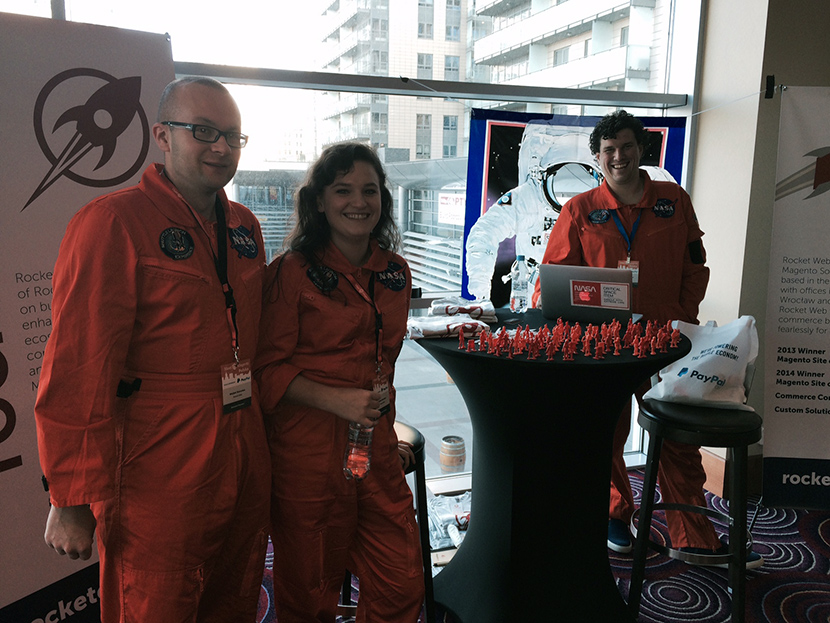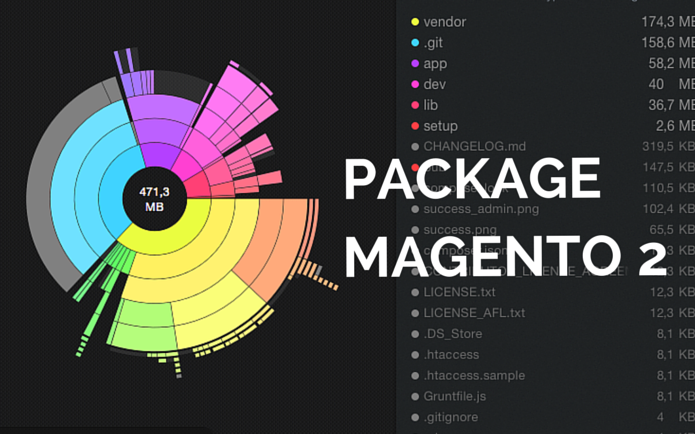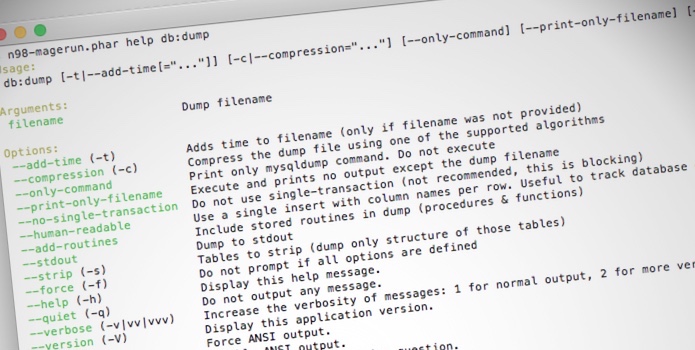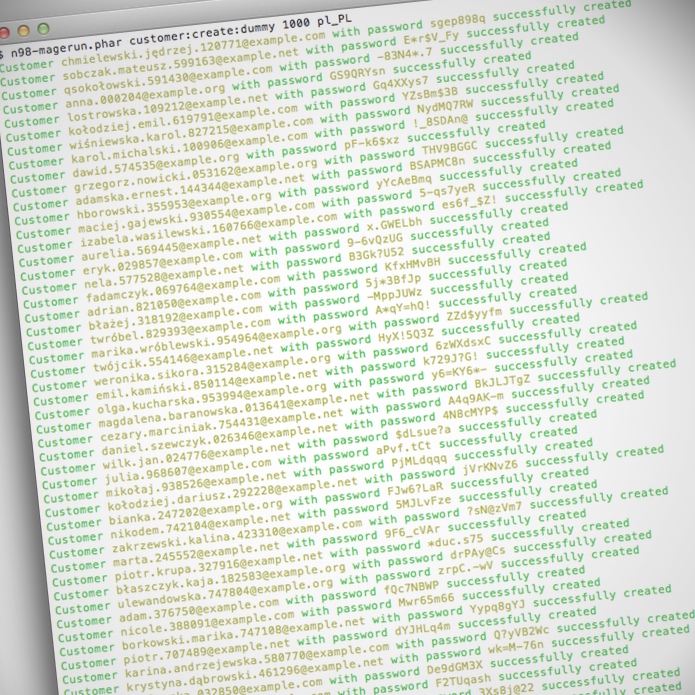Author: Wojtek Naruniec
-

How I started career thanks to Ultima Online
However not by getting paid for playing games.
-

Extension developers, test your extensions
This post isn’t about advanced testing techniques like a Test Driven Development, an unit testing or a functional testing. It’s just about spending some time to USE an extension you wrote to make sure it works in different cases.
-

Meet Magento 2014 Poland remarks
It’s been almost two months since I got back from the Meet Magento Poland 2014 conference. See my random thoughts I have gathered after the conference.
-

How to prepare Magento 2 beta package for offline use
Let’s see how to prepare Magento 2 beta package for offline use and how to compress sample data for the new platform.
-

How to easily dump Magento database with n98-magerun
Let’s see how to dump a Magento database easily with a n98-magerun tool.
-

Get a free Meet Magento PL 2014 ticket!
It’s only 9 days left to a Meet Magento PL 2014 conference. Haven’t got your ticket yet? I have one free ticket to give away!
-

Confession: I haven’t made any purchase using mobile yet
I haven’t bought anything real using mobile devices yet and it’s time to change that.
-

Fix Apache broken after OS X Yosemite update
I could call it OS X tradition, Apple again broke an Apache2 installation with latest OS X Yosemite upgrade. Let’s see how I fixed that and brought my local Apache2, PHP5 and MySQL development environment back.
-

Bring a lot of customers to Magento store… using n98-magerun
See how n98-magerun lets you create fake customer data for testing purposes.